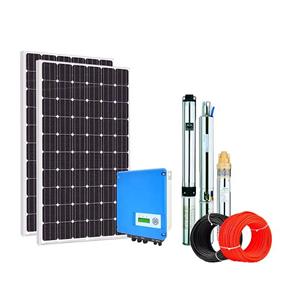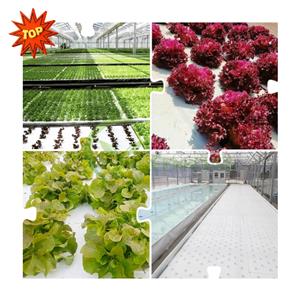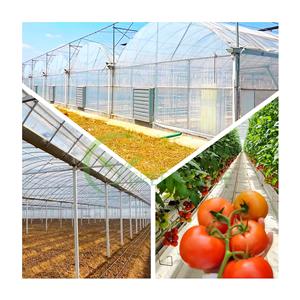Greenhouse Planting--Lettuce
Lettuce is a genusLactuca of Compositae, herbal plant for 1-2 years, which is divided into two categories, leaf use and stem use.
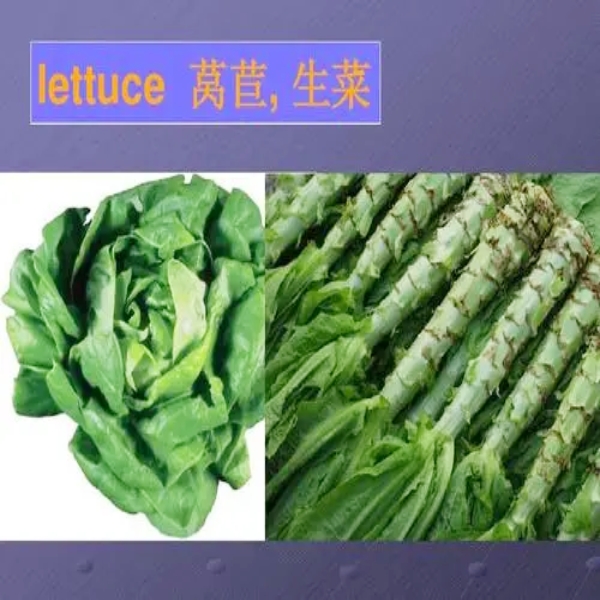
Leaf lettuce has many leaves, with large leaf area and large transpiration, so it consumes more water and demands more water. The growth period of lettuce is about 65 days; the water demand is about 215m3 per 667m2, and the average daily water demand is 3.3m3. Leaf lettuce has different needs for water at different growth stages.
When seeds germinate, it is necessary to keep the soil moist in the seedling bed in order to facilitate seed germination. In the young seedling period, the watering should be properly controlled, the soil remaining dry and wet. Too much soil moisture will make the seedling easy to grow, and lack of moisture will make the seedling aging. At the resettling stage, proper hardening of the seedlings should be applied to promote root growth. In the heading stage, enough water should be supplied. Lack of water will lead to loose heading or no heading. At the same time, lactucin in the plant increases and the bitter taste is aggravated. In the latter stage of heading, there should not be too much watering to prevent the occurrence of breakage and diseases such as soft rot disease and sclerotinia.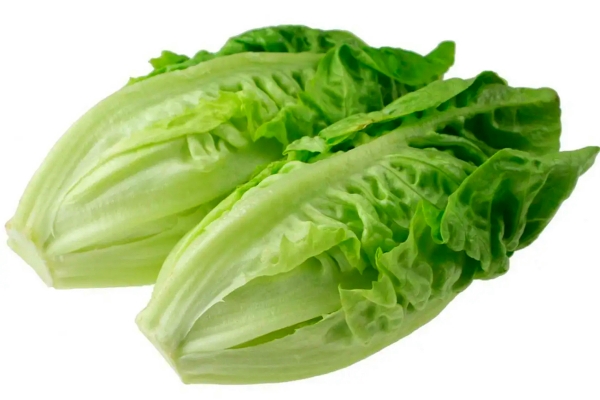 The absorption capacity of lettuce’s root is weak, and the demand for oxygen is high. The root growth in the sandy or clay cultivation is poor. Therefore, loam or sandy loam with high organic content and good permeability should be selected for lettuce cultivation. Lettuce likes slightly acidic soil, the suitable soil pH value is about 6. The pH value higher than 7 or lower than 5 is not conducive to the growth and development of lettuce.
The absorption capacity of lettuce’s root is weak, and the demand for oxygen is high. The root growth in the sandy or clay cultivation is poor. Therefore, loam or sandy loam with high organic content and good permeability should be selected for lettuce cultivation. Lettuce likes slightly acidic soil, the suitable soil pH value is about 6. The pH value higher than 7 or lower than 5 is not conducive to the growth and development of lettuce.
The growth peroid of leaf lettuce is short; the edible part is leaf. The demand for nitrogen is large; the whole growth period requires sufficient nitrogen. At the same time, phosphorus and potassium should be applied together, and potassium should be fully supplied at the heading stage. At the beginning of lettuce growth, the fertilizer demand is less. With the increase of growth, the demand for nitrogen, phosphorus and potassium increase gradually, expecially at the heading stage. During the whole growth period of lettuce, the demand for potassium is the highest, followed by nitrogen, and phosphorus is the least. To produce 1000 kg leaf lettuce, we need pure nitrogen 2.5kg, phosphorus 1.2kg, potassium 4.5 kg, calcium 0.66kg, magnesium 0.3kg.
Nitrogen deficiency at seedling satge could inhibit leaf differentiation and decrease the number of leaves, and nitrogen deficiency at rosette and heading stage has the greatest effect on yeild. The lack of phosphorus in seedling stage not only leads to small number of leafs, but also causes a short plant and a decrease in yield. Potassium deficiency affects the heading of lettuce, with loose bulb, light leaf, decreased quality and yield. Leaf lettuce also needs calcium, magnesium, boron and other trace elements .Calcium deficiency often cause edge dry of leaf, commonly known as dry heartburn, resulting in the bulb decay. Magnesium deficiency leads to the loss of green leaves. Trace elements in production can be supplemented by leaf fertilization, usually in the rosette stage, but the effect of spraying in the later stage is poor.

